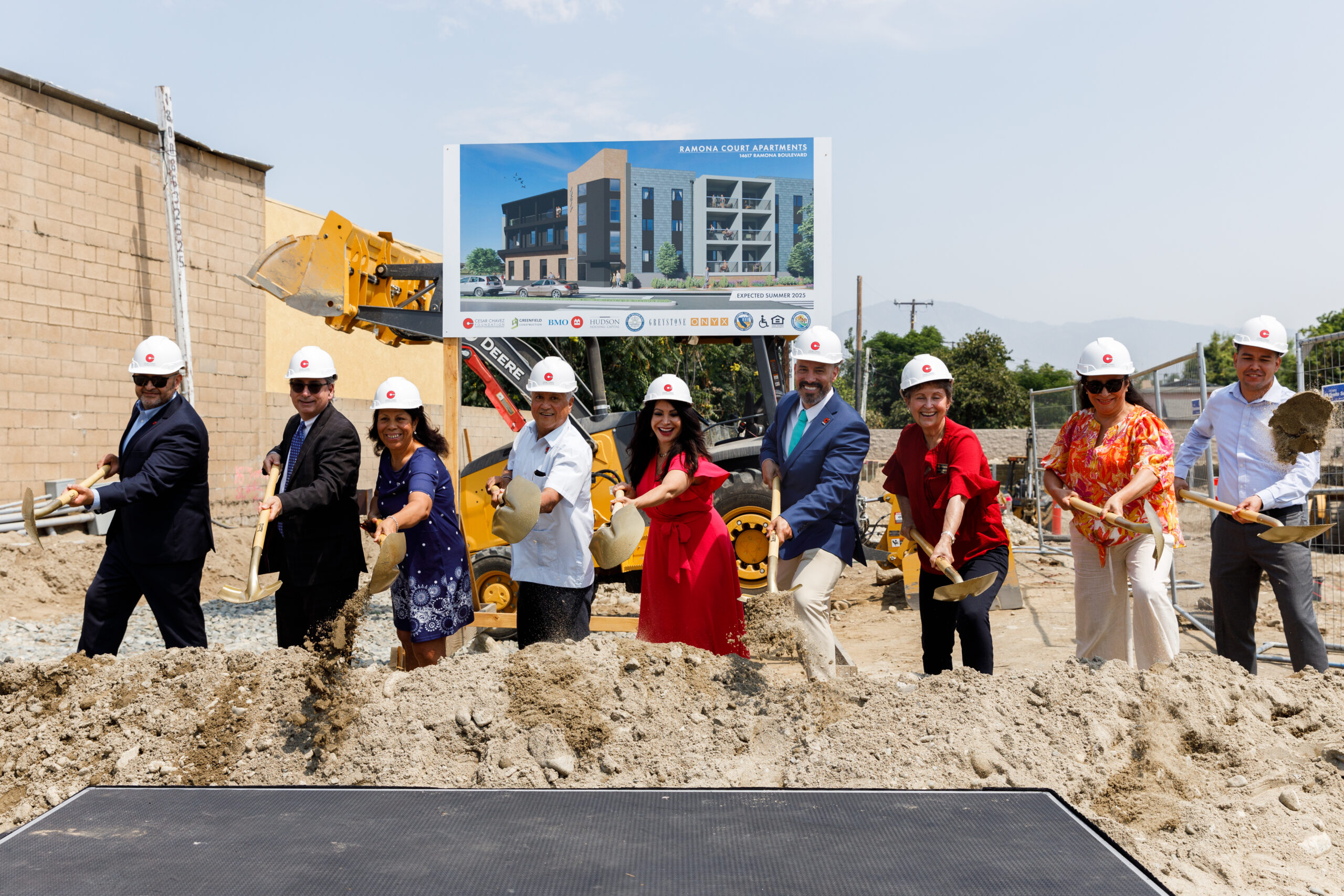Cesar Chavez’s legacy lives on through grassroots organizations that continue his fight for justice, dignity, and equity. This March, from Michigan to Arizona, communities gathered to honor his memory and keep his mission alive through action.

The annual Cesar E. Chavez March for Justice in San Antonio, TX, on March 25, 2025.
One of the largest tributes to Chavez’s legacy takes place in San Antonio, Texas, where thousands of marchers unite for the annual Cesar E. Chavez March for Justice. This event, deeply rooted in community activism, brings together families, students, and advocates to honor Chavez’s contributions and highlight ongoing social justice issues.
Local organizers in Grand Rapids, Michigan, host a social justice march, gala, and scholarship program supporting young leaders. Visalia, California, continues its commitment through events led by Roberto Capitan Bustos.
In San Luis, Arizona, Maria Robles and her team at WeAreSomos—including former UFW members—have established a visitor center dedicated to Cesar Chavez’s life and mission. The center serves as a hub for education and reflection, offering programs that connect the past struggles of farmworkers with today’s ongoing labor movements. Robles shares, “We must pass on from generation to generation the importance of working as a team for the common good, following the model of Cesar Chavez, who unified and transformed the issues of farm workers into impactful actions by working together.”

San Luis, Arizona Street Sign Donation on March 6, 2025.
A significant recent addition to the San Luis visitor center is a street sign donated by the City of San Luis, now proudly on display. This milestone was made possible through the collaboration of the National Chavez Center Archives and WeAreSomos, further cementing Chavez’s presence in the heart of the community.
During a recent visit to the San Luis Center, Manuel Bernal, President and CEO of the Cesar Chavez Foundation, saw the newly installed Cesar Chavez street sign donated by the City of San Luis. “We’re deeply grateful for the grassroots commemorative groups who honor Cesar’s legacy year after year—not for recognition, but out of love for their communities and a lasting commitment to justice,” said Manuel Bernal, President and CEO of the Cesar Chavez Foundation.

The annual Cesar E. Chavez March for Justice in San Antonio, TX, on March 25, 2025.
Andres Chavez, Executive Director of the National Chavez Center, added, “From Grand Rapids to San Antonio, Visalia to San Luis, these efforts are not isolated—they’re part of a national tapestry of remembrance and action. Each scholarship, each march, each community event is a reminder of my Tata’s legacy and how the movement remains alive. What these communities show us is that we only lose if we give up. As long as we keep organizing, educating, and believing in our collective power, we continue moving forward. The fight for justice isn’t over—and thanks to these local leaders, it never will be.”
From Michigan to Texas to California and Arizona, these grassroots groups exemplify the power of local activism in keeping Cesar Chavez’s spirit alive. As we reflect on his legacy, we celebrate the individuals and organizations who continue championing his vision for justice, dignity, and equality for all.









